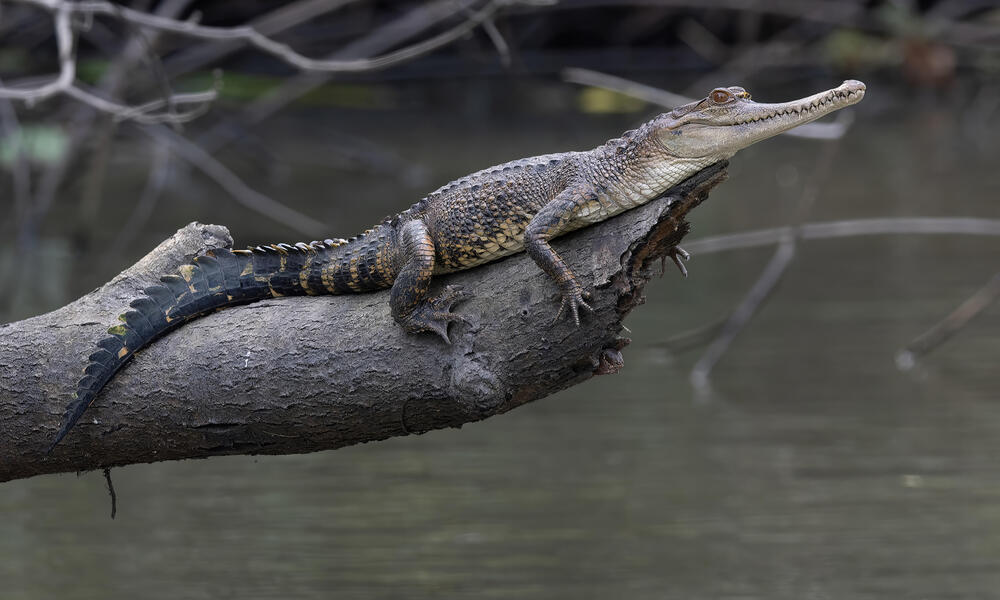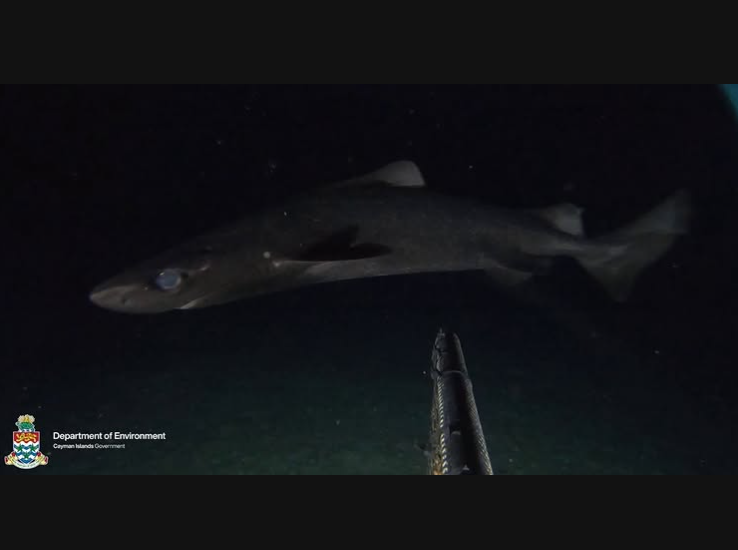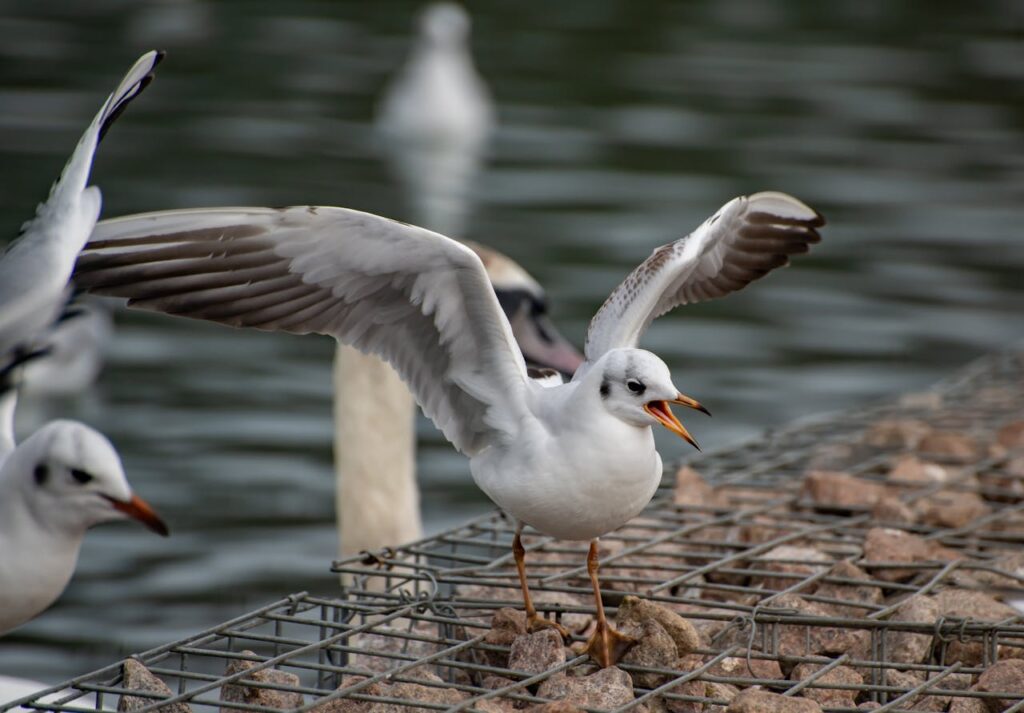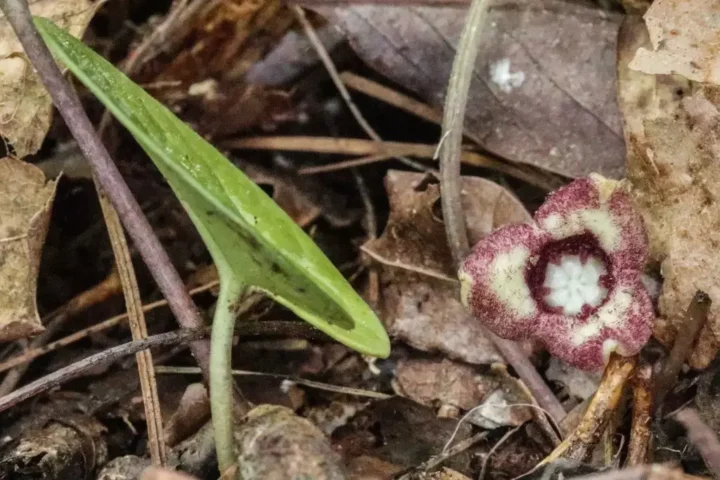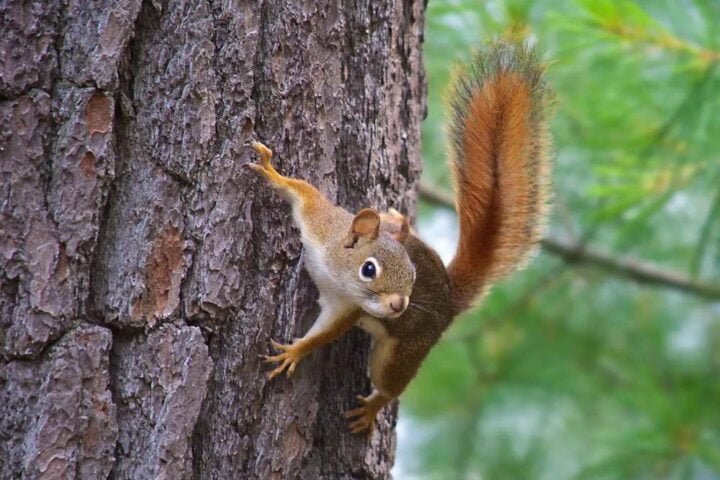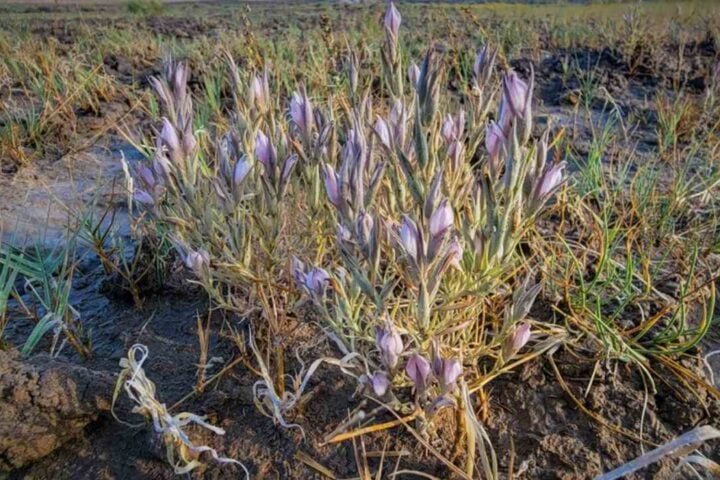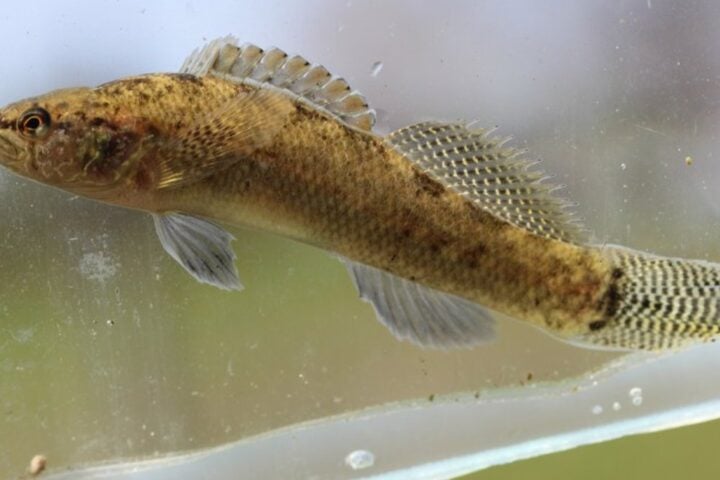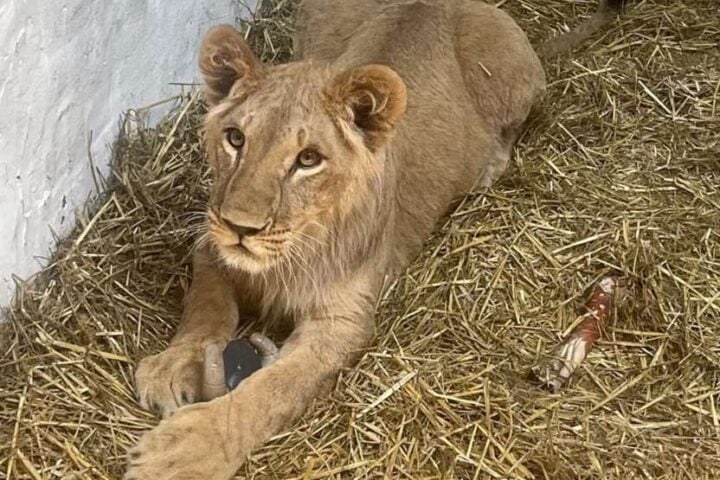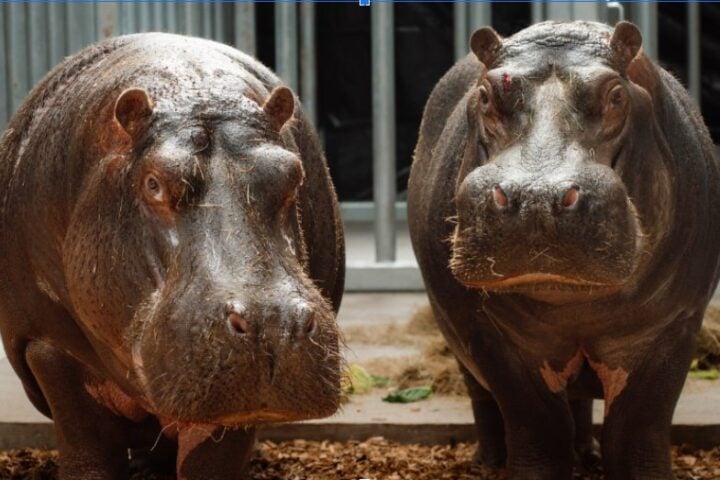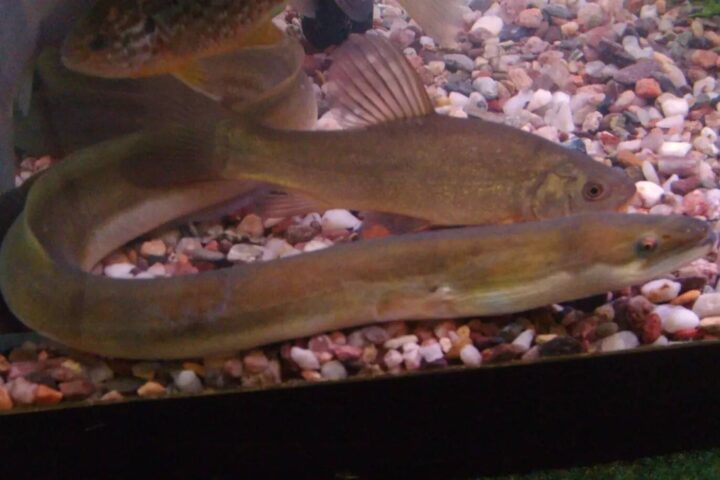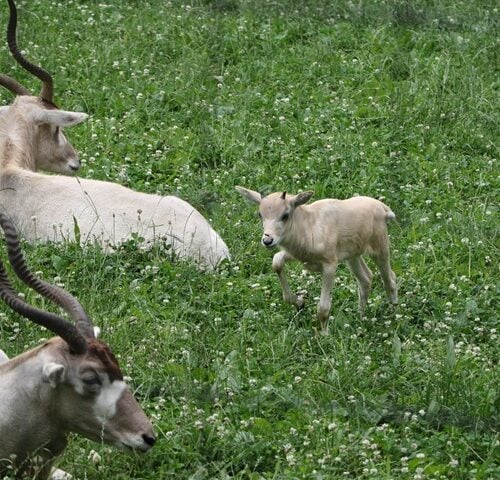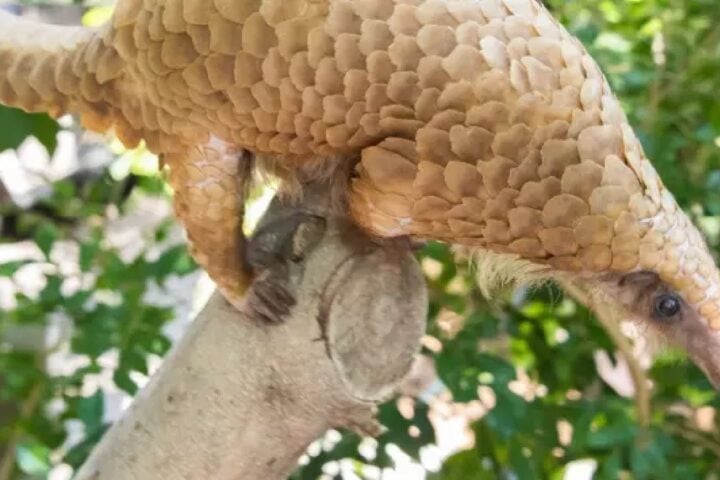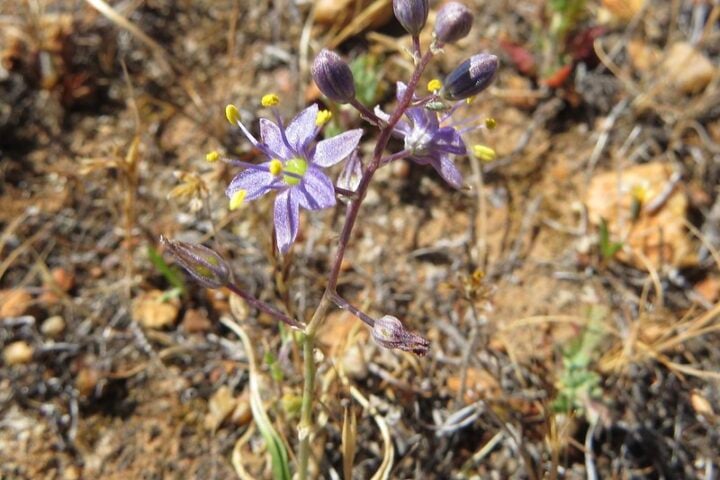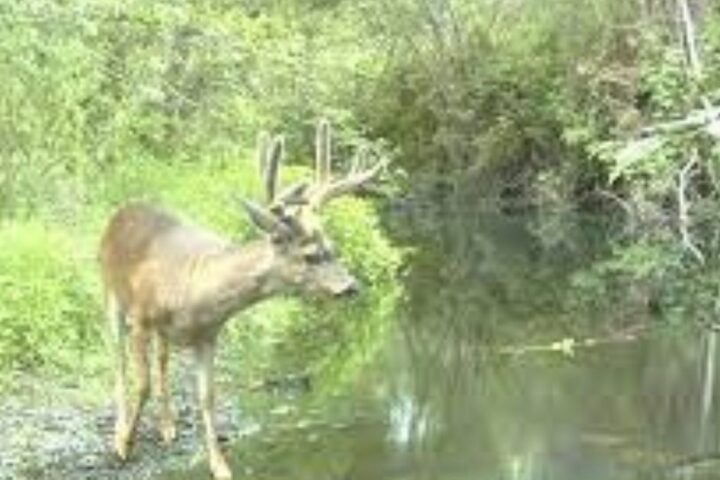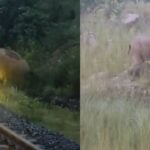The Worldwide Fund for Nature’s (WWF) report “New Life in the Congo Basin: A Decade of Species Discoveries (2013-2023)” reveals 742 new species in Central Africa’s Congo Basin, yet this discovery comes amid growing threats to the region’s biodiversity.
The findings span six countries: Democratic Republic of Congo (259 species), Gabon (262), Cameroon (238), Equatorial Guinea (59), Republic of Congo (65), and Central African Republic (25). These numbers, while impressive, raise questions about species yet undiscovered in this vast, under-researched ecosystem.
Species Identification and Documentation
DNA barcoding and morphological analysis led to the identification of these species. The plant discoveries include orchids, ferns from the Asplenium genus, and species from Begonia, Coffea, and Hibiscus genera – many potentially holding medicinal properties that warrant further research.
Among invertebrates, researchers documented new ants, beetles, bugs, flies, mites, moths, spiders, worms, and notably, the first firefly species from the Central African Republic. Each discovery required meticulous field documentation and laboratory analysis.
The aquatic discoveries comprise barbs, bass, catfish, clingfish, electric fish, killifish, swamp eel, and tetras. The amphibian discoveries are all frogs, while reptilian findings include blind snakes, cobras, bush vipers, geckos, chameleons, skinks, a turtle, and a crocodile.
The Central African Slender-Snouted Crocodile (Mecistops leptorhynchus), identified in 2018, inhabits Cameroon, Equatorial Guinea, Gabon, Central African Republic, Republic of the Congo, and the Democratic Republic of Congo. This species faces immediate threats from habitat degradation.
The Cercopithecus lomamiensis (lesula monkey) discovery in the Lomami Basin – only the second new African monkey species identified since 1984 – demonstrates the basin’s potential for harboring undiscovered primates.
More Stories
Conservation Challenges and Research Gaps
“We need to do more as the Congo Basin remains one of the least researched places on the planet and urgently needs additional protection,” states Dr. Allard Blom, WWF vice president for African forests. This observation comes as deforestation rates continue to rise.
The basin, the world’s largest carbon sink and tropical peatland, provides sustenance for over 75 million people. Yet, Dr. Martin Kabaluapa, WWF Regional Director for the Congo Basin, warns of increasing human pressures on these ecosystems.
Indigenous communities maintain crucial ecological knowledge. “For centuries, Indigenous communities have lived in harmony with the forests. Recognizing their knowledge is integral to conservation success,” says Moise Kono, Indigenous people’s coordinator for WWF-Cameroon. However, their land rights often remain unprotected.
A study in Gabon and the Republic of Congo found higher numbers of large mammals in Forest Stewardship Council® (FSC®) certified logging concessions versus non-certified forests – evidence that sustainable resource management can coexist with conservation.
Current Status and Future Outlook
The Congo Basin houses over 400 mammal species, 1,000 bird species, 700 fish species, and 10,000 plant species. Regional governments’ commitment to protect 30% of their land by 2030 faces implementation challenges, including funding gaps and enforcement issues.
“WWF is working alongside governments, partner organizations, local communities, and Indigenous groups to protect these ecosystems,” says Jaap van der Waarde, head of conservation for the Congo Basin at WWF-International. Yet, conservation efforts struggle against commercial interests and resource extraction.
The ongoing research reveals both the richness of the Congo Basin’s biodiversity and the urgent need for enhanced protection measures. Without immediate action, many species – both known and undiscovered – risk extinction before scientific documentation.
